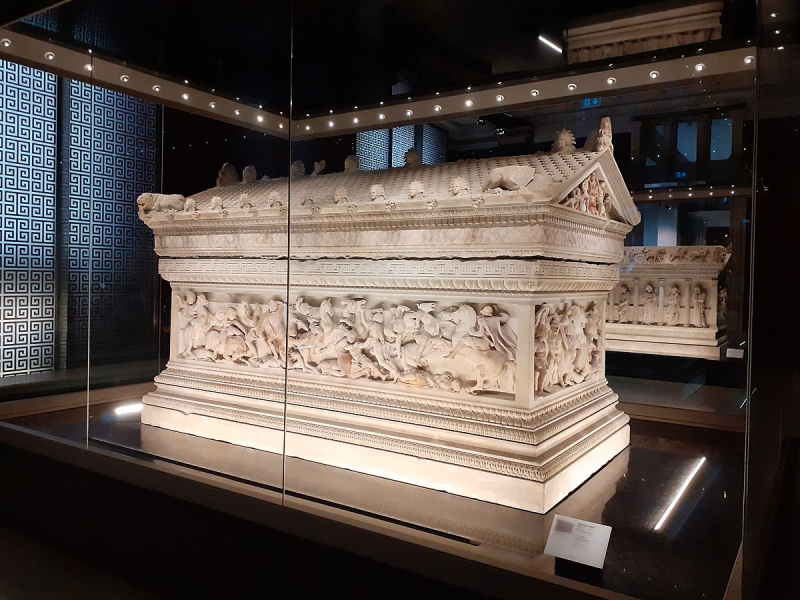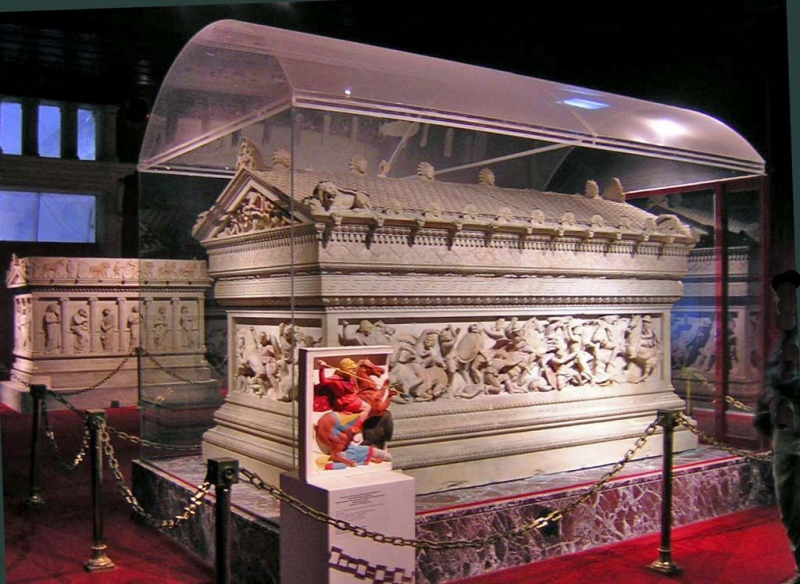Alexander's body was placed in a honey-filled golden doll coffin
Leading Victorian Egyptologist A. Wallis Budge conjectured that Alexander's bones were submerged in honey to prevent deterioration. Plutarch claims that Alexander's body was first treated in Babylon by Egyptian embalmers. Alexander's body was returned to Macedonia a year or two after his death, but Ptolemy I, one of his old generals, instead sent it to Egypt. Ptolemy wanted to be seen as Alexander's heir by taking possession of his body.
One of the Interesting Facts about him is that Alexander's body was placed in a honey-filled golden doll coffin that was then enclosed in another golden coffin. Aelian claims that a seer by the name of Aristander predicted that Alexander's last resting place "would be joyful and eternally inaccessible." Perhaps more probable, since the burial of the previous king was a royal prerogative, the successors would see possession of the body as a sign of legitimacy.
Ptolemy captured Alexander's burial when it was its route to Macedon and briefly transported it to Memphis. The sarcophagus was transferred to Alexandria by his successor, Ptolemy II Philadelphus, where it remained at least until late Antiquity. One of Ptolemy's final successors, Ptolemy IX Lathyrus, swapped Alexander's casket with a glass tomb so he could turn the original into coinage.












